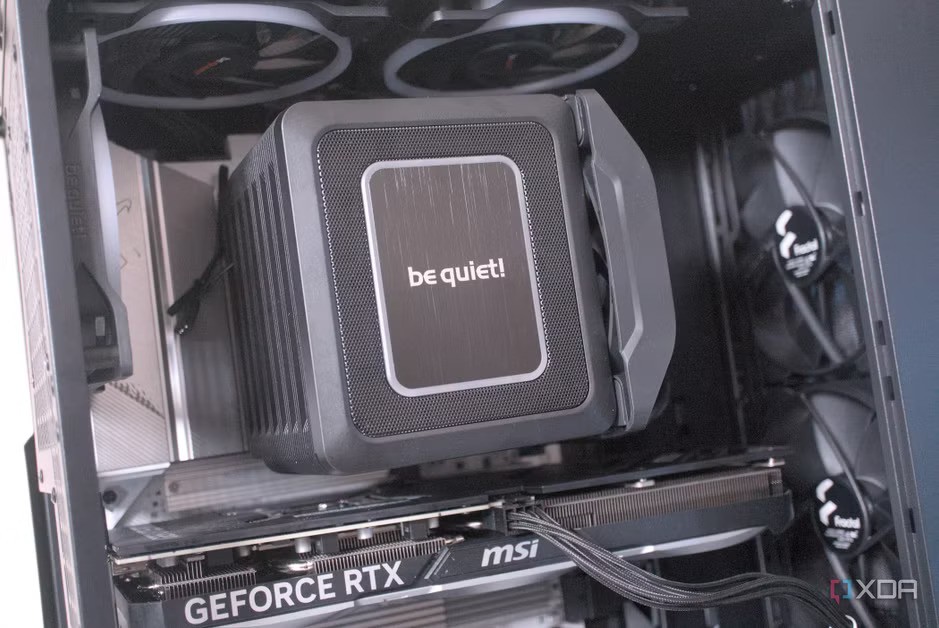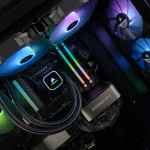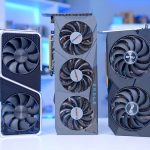In a world filled with background noise, a silent PC build can be a game-changer—especially if you work in audio production, edit videos, or simply enjoy peace and quiet. Whether you’re building a media center, home workstation, or silent gaming rig, noise reduction doesn’t mean compromising performance.
In this guide, we’ll walk you through how to create a quiet PC setup in 2025 by selecting the right components and applying smart building techniques.
🔍 Why Go Silent?
- Less distraction for focused work or gaming.
- Ideal for recording, streaming, or podcasting.
- Keeps your setup aesthetically clean and professional.
- Reduces stress caused by constant background hum.
🧩 Essential Components for a Silent PC
🔹 1. Case: Choose a Sound-Dampened Chassis
A silent PC starts with the right case. Look for:
- Soundproofing foam panels inside the case
- Rubber grommets for drive mounting
- Closed-front design to minimize airflow noise
- Vibration-dampened feet and panels
Top Picks (2025):
- Fractal Design Define 7
- be quiet! Silent Base 802
- NZXT H5 Flow (with custom noise padding)
🔹 2. Fans: Use High-Quality, Low-RPM Fans
Instead of removing fans (which may hurt thermals), opt for quiet airflow solutions.
- Larger fans (140mm+) can move more air at lower RPMs.
- Use PWM-controlled fans to adjust speed dynamically.
- Install anti-vibration fan mounts to reduce rattling.
Recommended Silent Fans:
- Noctua NF-A14 PWM
- be quiet! Silent Wings 4
- Arctic F14 PWM PST
🔹 3. CPU Cooler: Go for Silent Air or AIO Cooling
Avoid stock coolers—they tend to be loud. Choose:
- Tower-style air coolers with quiet fans
- AIO liquid coolers with low-noise pumps (optional)
Top Quiet Coolers:
- Noctua NH-D15 (ultra-quiet even under load)
- Scythe Fuma 3
- DeepCool Assassin IV
Tip: Apply a high-quality thermal paste like Arctic MX-6 to improve cooling efficiency.
🔹 4. GPU: Choose Efficient, Quiet Graphics Cards
GPUs generate the most noise under load. In 2025, many GPUs now support fan-stop technology, which keeps fans off during idle or light tasks.
Look for:
- 0dB fan modes
- Triple-fan cards that spread heat more evenly
- Custom fan curves via MSI Afterburner
Silent GPU Options:
- ASUS ROG Strix RTX 4070 (0dB mode)
- Gigabyte Vision OC series
- AMD Radeon RX 7700 XT with tuned fan curves
🔹 5. Power Supply (PSU): Fanless or Semi-Passive
Power supplies with semi-passive modes only turn on the fan when needed. Fanless PSUs are completely silent and great for low to medium builds.
Top Silent PSUs:
- Seasonic Prime Fanless TX-700
- Corsair RMx SHIFT 850W (semi-passive)
- be quiet! Dark Power 13
🔹 6. Storage: Use SSDs Instead of HDDs
HDDs are among the noisiest components due to their spinning disks. Opt for:
- NVMe SSDs for blazing-fast performance and zero noise.
- SATA SSDs if you’re on a budget.
Tip: Mount SSDs using rubber pads to eliminate any vibration.
🔹 7. Motherboard & RAM: Passive by Nature
While these don’t usually create noise, choose:
- Motherboards with heatsink-covered VRMs
- RAM without active cooling fans
🧰 Extra Tips for a Quieter Build
- Use vibration dampeners for fans and drives.
- Enable fan curves in BIOS to balance temps and noise.
- Keep cables tidy to promote airflow and reduce fan effort.
- Install dust filters to reduce fan strain over time.
🏁 Final Thoughts
A silent PC build in 2025 is totally achievable with the right mix of quiet components and smart configuration. Whether you’re editing videos in a sound studio or gaming at midnight in silence, a quiet PC enhances your entire experience.
To recap:
| Component | Noise-Friendly Option |
|---|---|
| Case | Sound-dampened |
| Fans | Low-RPM, 140mm+ |
| CPU Cooler | Noctua, Scythe |
| GPU | Fan-stop or tuned |
| PSU | Fanless/semi-passive |
| Storage | SSD-only |
Your PC doesn’t need to roar to be powerful. Silence is the new performance.



